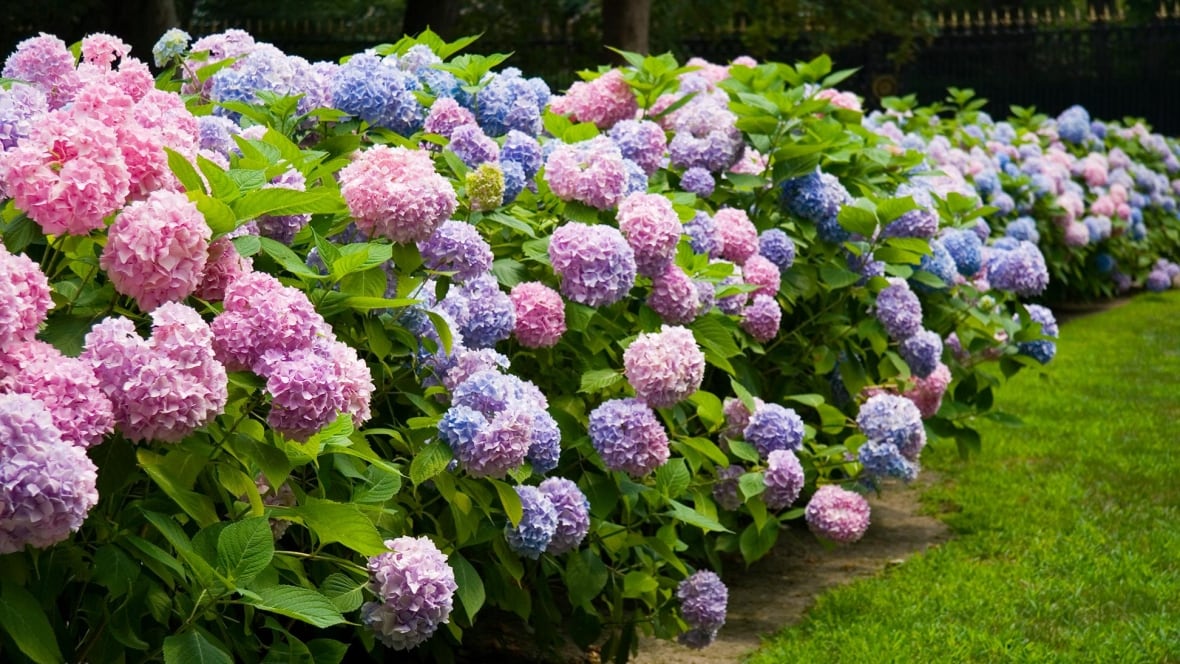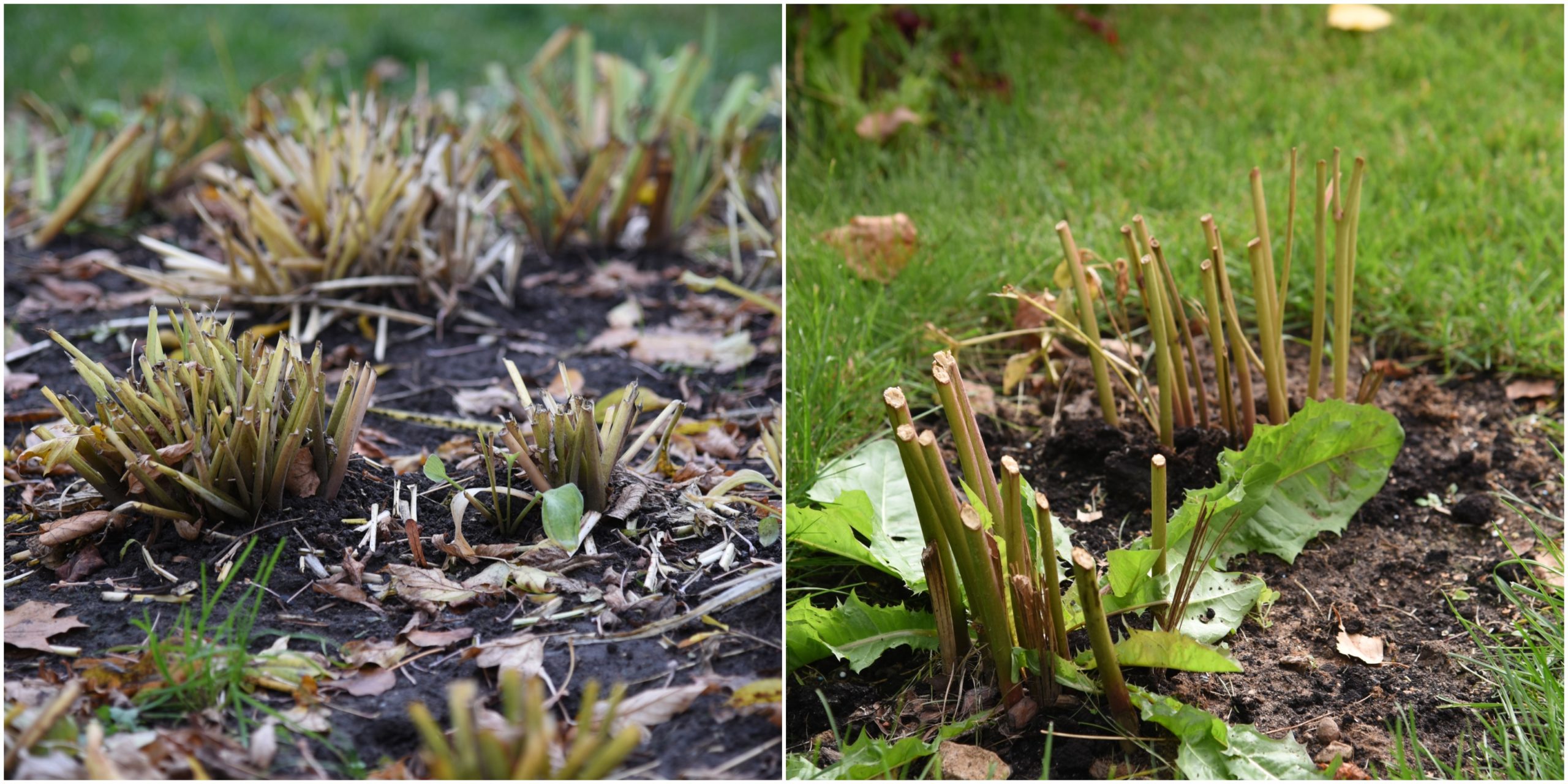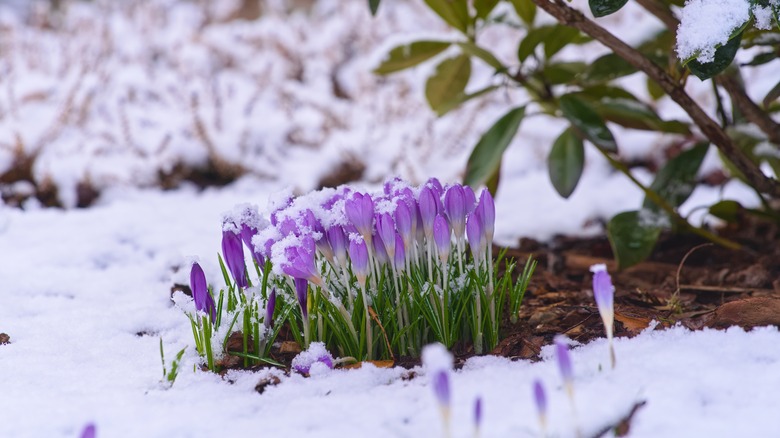How to Prepare Your Perennial Garden for a Canadian Winter
As a landscaper with nearly 25 years of experience in Vancouver, one of the questions I hear most often from customers at DH Garden Centre is:
“How do I prepare my perennial garden for winter and where do I even start?”
It’s an important question, because perennials in Canada aren’t just plants you enjoy for one season. They’re long-term companions in your garden. With the right care in autumn, these plants not only survive the harsh Canadian winter but reward you with stronger, healthier blooms the following spring.
In this blog, I’ll guide you step by step on how to prepare your perennial garden for a Canadian winter drawing from years of hands-on landscaping experience. We’ll cover what to cut back, how to mulch, when to water, and how to protect tender perennials from wind and ice. By the end, you’ll have a clear plan to winterize your garden and set it up for success.

Why Preparing Your Perennial Garden for Winter Matters
Gardening in Canada means learning to respect the seasons. While our summers are lush and productive, winters can be unforgiving. Long months of freezing temperatures, heavy snow, and unpredictable thaws create unique challenges.
Here’s why winter preparation for perennials is so crucial:
-
Frost heave: When the soil repeatedly freezes and thaws, plant roots are pushed toward the surface, leaving them exposed to cold air and damage.
-
Snow cover: While snow acts as an insulator, heavy layers can snap stems and crush crowns.
-
Extended dormancy: Perennials need energy reserves to make it through winter. Poorly prepared plants often emerge weak in spring—or fail to return at all.
Think of fall preparation as tucking your garden in with a warm blanket. You’re protecting roots, preserving moisture, and giving each plant the best chance to thrive again once spring arrives.
Step 1: Cut Back Wisely
One of the biggest mistakes I see is gardeners cutting everything to the ground the minute the leaves turn brown. Not all perennials should be trimmed in fall.
-
Cut back soft-stemmed perennials like daylilies, hostas, or bee balm once their foliage dies back naturally. Removing decayed material helps prevent fungal diseases from overwintering in your beds.
-
Leave sturdy stems standing. Plants such as echinacea, rudbeckia, and ornamental grasses add beauty to a snowy landscape while providing food for birds. Their seed heads also capture frost and give your garden structure through winter.
Pro tip: Use clean, sharp pruners and cut stems about 2–3 inches above ground level to prevent rot from seeping into crowns.

Step 2: Mulch for Root Protection
Mulching is non-negotiable if you want to protect perennials through a Canadian winter.
After the first hard frost, apply 2–4 inches of organic mulch around the base of each perennial. The key is to wait until the ground is cold—mulching too early can attract rodents and create a cozy home for pests.
Best mulch options include:
-
Shredded leaves
-
Straw
-
Bark chips
-
Pine needles
The mulch layer acts like insulation, keeping soil temperatures stable and shielding roots from freeze-thaw cycles. Just remember not to bury the crown—leave a small space around the plant base for airflow.

Step 3: Divide and Transplant Before the Freeze
Fall is the ideal time to divide perennials that have become overcrowded. Think of peonies, irises, or daylilies. By dividing in September or early October, you give roots time to settle before the first frost.
Signs it’s time to divide:
-
The center of the plant looks dead or woody.
-
Flowers are smaller than usual.
-
Plants are spreading beyond their original space.
When dividing, dig carefully around the root ball, separate healthy clumps, and replant them at the same depth with enriched soil. Water thoroughly. Not only will your plants come back stronger, but you’ll also expand your garden at no extra cost.
Step 4: Water Before the Ground Freezes
Many gardeners assume watering is pointless in fall. That’s a mistake. Hydrated roots are far better equipped to handle winter stress.
Give your perennials a deep watering just before the ground freezes solid. This is especially important for newly planted perennials whose root systems aren’t yet established. Avoid light, frequent watering—focus instead on a long soak that penetrates down to the root zone.
Step 5: Protect Tender Perennials
Not all perennials are created equal. While hardy varieties can withstand freezing temperatures, tender plants need extra protection.
-
Lavender: In Vancouver’s coastal climate, lavender often struggles with wet winters. Use sand or gravel mulch for drainage and cover with burlap during cold snaps.
-
Roses: Mound soil or compost around the crown, then wrap the plant with burlap or frost cloth to prevent windburn.
-
Young shrubs: Shield them with evergreen boughs to reduce ice damage and snow load.
When in doubt, ask your local garden centre which perennials in your region need special care. At DH Garden Centre, we often recommend protective covers tailored to Vancouver’s unique microclimate.

Step 6: Tidy Up Garden Beds
Winter preparation isn’t just about plants—it’s also about creating a clean environment.
-
Remove diseased foliage and spent annuals to prevent overwintering pests.
-
Empty and clean pots to avoid cracking from frost.
-
Store garden tools in a dry place to extend their lifespan.
By tidying now, you’ll start spring with healthier soil and less work.
The Payoff Next Spring
Here’s the truth: gardens don’t lie. If you take time to winterize your perennial beds now, you’ll see the rewards next season.
-
Healthy roots mean vigorous spring shoots.
-
Protected crowns ensure bigger, brighter blooms.
-
Clean, mulched beds give your perennials a head start compared to neglected gardens still recovering from winter stress.
And let’s not forget the joy: waking up to a garden that bursts into life in April or May feels like a gift you gave yourself months earlier.
FAQs About Preparing Perennials for a Canadian Winter
1. When should I start preparing my perennials for winter in Canada?
Begin in early to mid-fall—usually September through October, depending on your region. Wait until after the first frost before applying mulch.
2. Should I fertilize perennials in fall?
Avoid high-nitrogen fertilizers in autumn. These encourage new growth, which is vulnerable to frost. Instead, focus on compost or slow-release organic fertilizers.
3. Can I leave leaves on my perennial beds as mulch?
Yes—shredded leaves make excellent mulch. Whole leaves, however, can mat down, suffocate plants, and invite mold. Always shred before applying.
4. What happens if I don’t prepare my perennials for winter?
Plants may survive, but they’ll often emerge weaker in spring. Roots may be damaged by frost heave, crowns can rot, and blooms will be delayed or reduced.
5. Do I need to cover all perennials?
No. Only tender varieties (lavender, hybrid tea roses, young shrubs) need covering. Hardy perennials generally do fine with mulching alone.
Final Thoughts
Preparing your perennial garden for a Canadian winter isn’t just about surviving the cold—it’s about setting your plants up to thrive. With proper pruning, mulching, dividing, watering, and protecting, you’ll give your perennials the best chance to return stronger and more vibrant in spring.
At DH Garden Centre, we’ve helped countless Vancouver gardeners winterize their perennial beds with the right supplies and expert guidance. Whether you need mulch, burlap, frost cloth, or simply friendly advice, we’re here to support you every step of the way.
Call to Action
Not sure where to begin with mulch, burlap, or plant protection? Visit us at DH Garden Centre, 3742 West 10th Avenue, Vancouver, BC V6R 2G4. Our team of experts will help you choose the right supplies and show you how to use them effectively.
📞 Call us at 604-929-7335 or explore our collection online at dhgardencentre.com.
Let’s make sure your perennials don’t just survive winter they thrive in spring.


